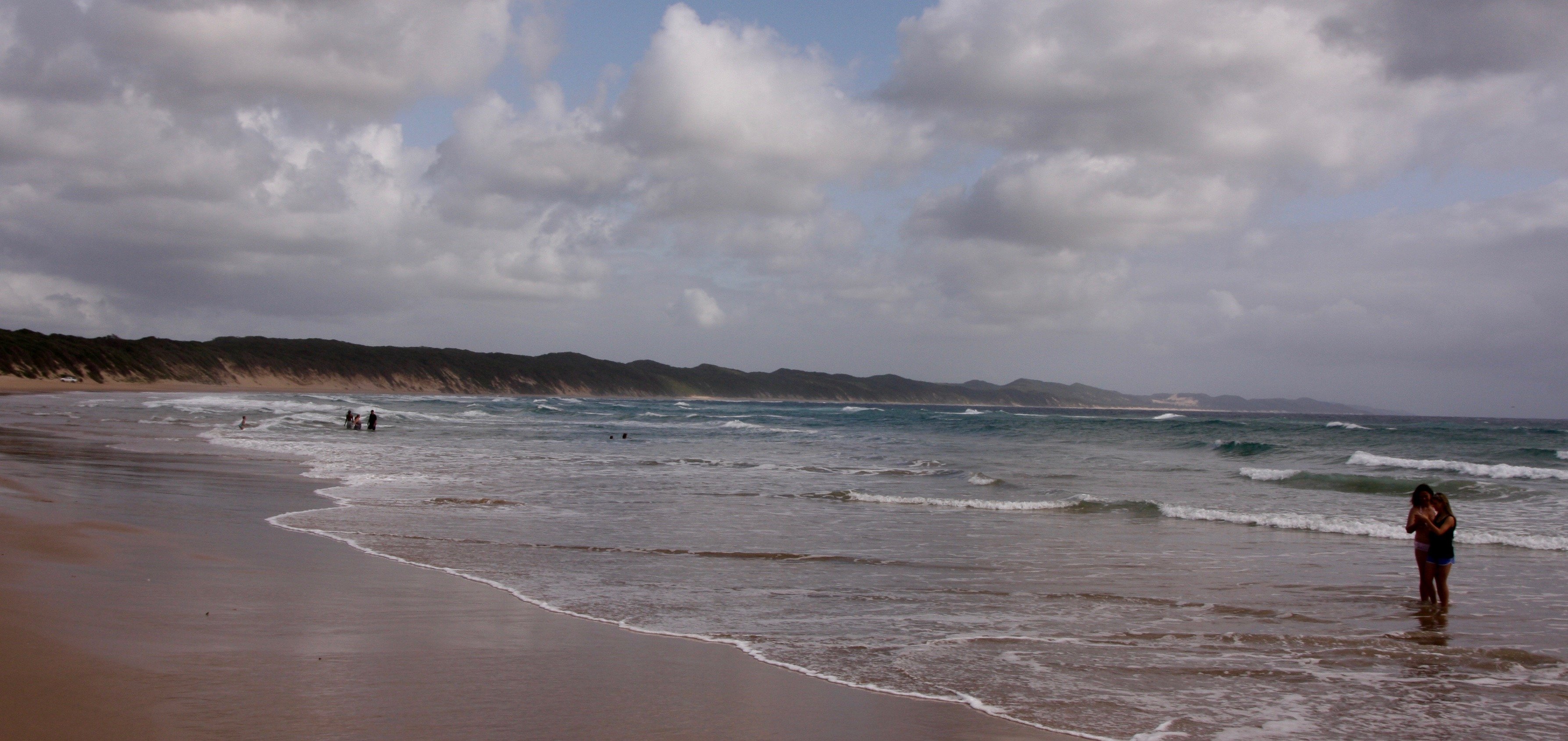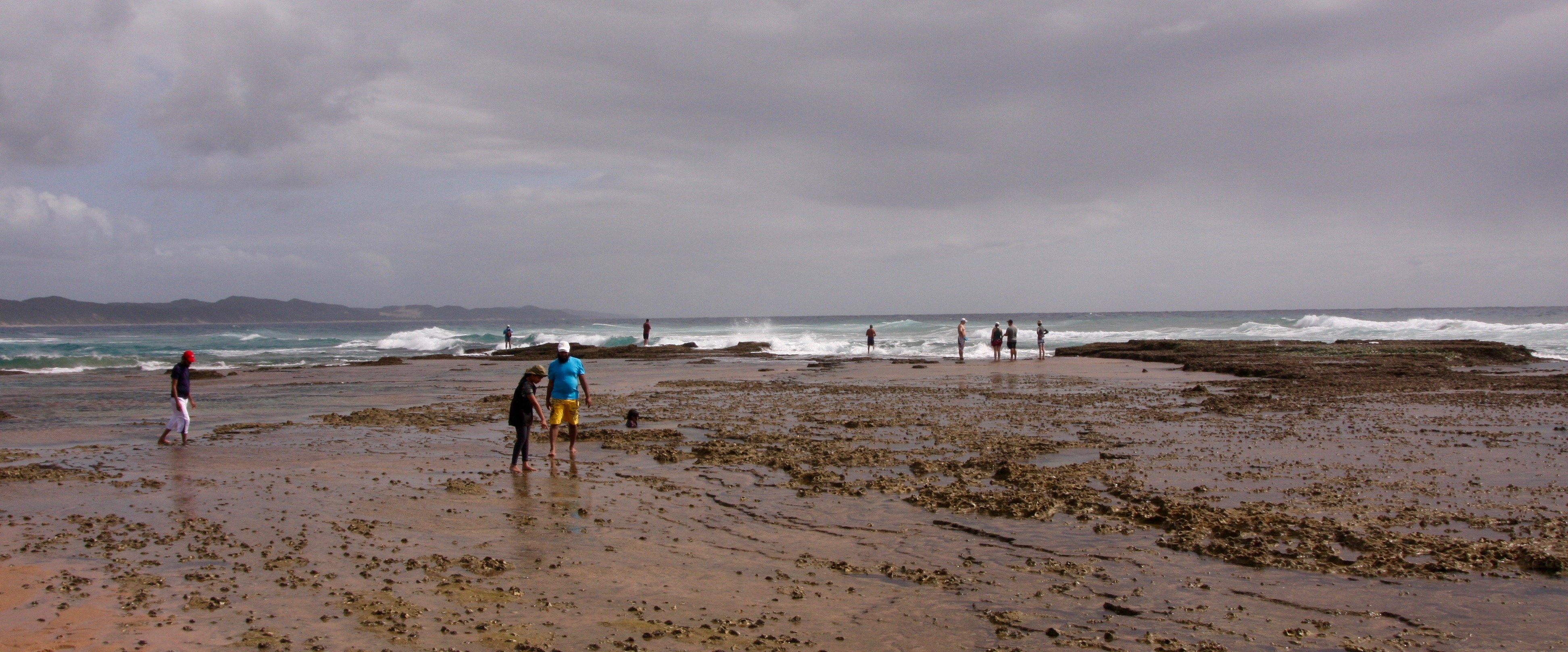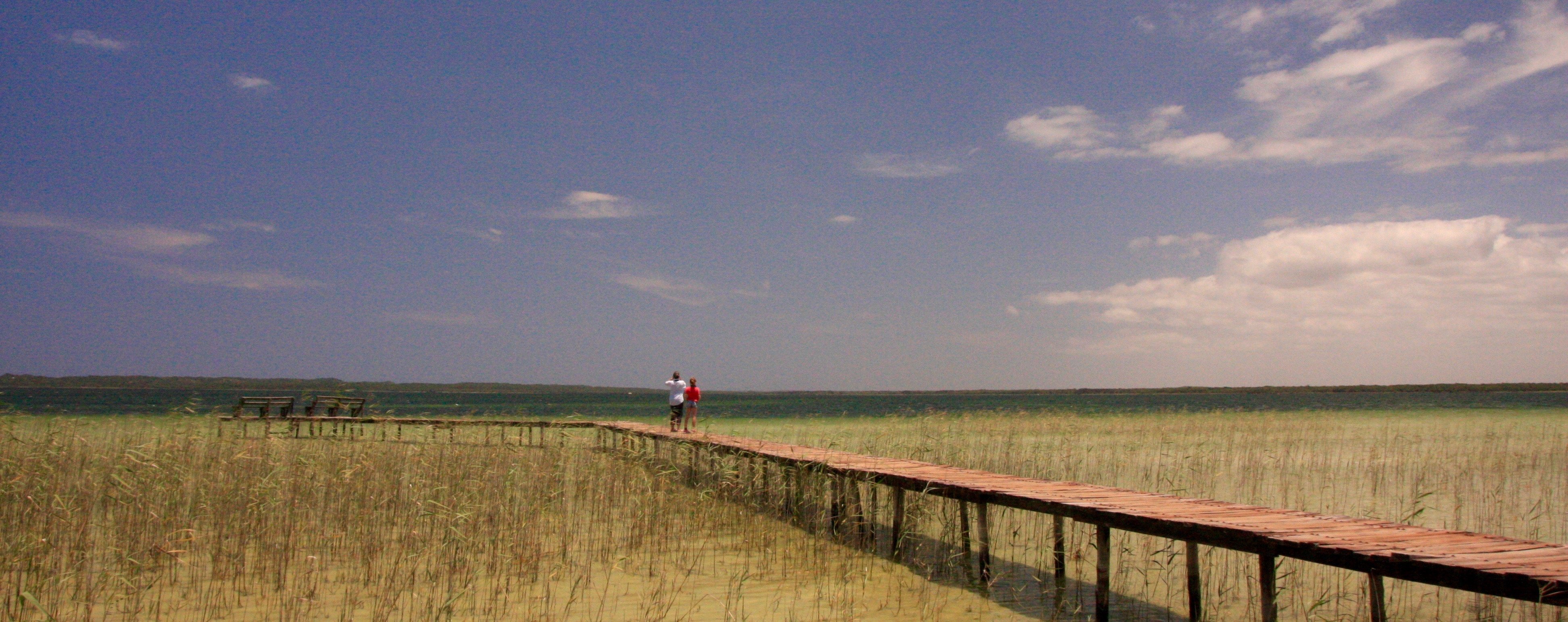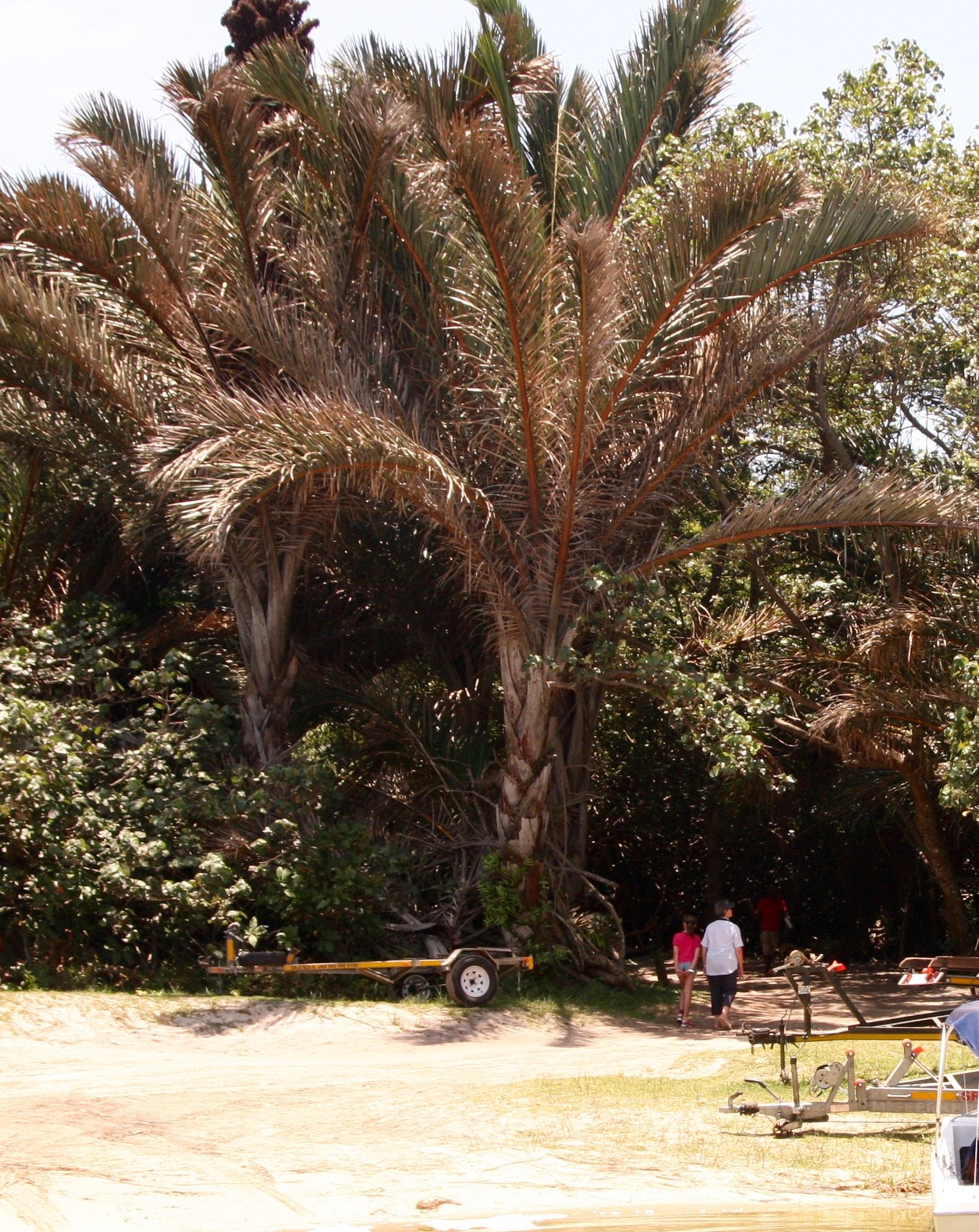Jeqe ran for his life. Tribal custom dictated that he be buried alive with his dead king and he was going to have none of that.
He had held the office of the keeper of the secrets of the southern African Zulu warrior king Shaka, who got murdered by his half-brothers on September 22, 1828. Instead of accepting his fate he fled across the rolling hills of the Zulu kingdom to the strip of land along the Indian Ocean coast that belonged to the Thonga people.
There, in this region of South Africa that is still known as Maputaland, he was later to report he saw wonders of nature. It is these that today make up one of the country’s most remarkable parks. It was the great Nelson Mandela who, as president, also inaugurated it in 1999 as the country’s first World Heritage Site.
The park is named iSimangaliso, which is is derived from the Zulu proverb Ubone isimanga esabonwa uJeqe kwelama Thonga (If you have seen miracles, you have seen what Jeqe saw in the land of the Thonga).
The 332 000-hectare (820 389-acre) reserve stretches for 280 km (174 miles) from the Mozambique border in the north to just south of a vast estuary named Lake St Lucia.
It is an intriguing mosaic of lakes and swamps, coastal forests, high forested dunes, rich bird and animal life, vast stretches of pristine beaches on which large turtles crawl from the surf to lay their eggs, and coral reefs that are a delight for snorkelers and scuba divers and are home to the age-old coelacanth fish that was found there after it had long been believed to be extinct.
The origins of the reserve go back to 1895 when the British administration of southern Africa’s then colony of Natal proclaimed Lake St Lucia and the forested dunes framing its opening into the Indian Ocean a nature reserve. Over the years one after the other part of the coastal land’s other magnificent lake systems, forests, savannah and grasslands came under similar protection before being incorporated into a single reserve.
About halfway along the coast is Sodwana, a popular resort that has a fabulous stretch of beach and which is reputed to offer some of the best scuba diving in the world.

The pristine beach of Sodwana.

A short distance further north is Lake Sibaya, South Africa’s largest fresh-water lake. An undulating sand track runs the length of its eastern shore through a narrow strip of forest at the foot of a high, forested dune that separates the lake from the ocean.
At the few turn-offs to the lake’s shore visitors can see hippos and crocodiles. But it is the variety of water birds that shows why, in addition to being part of a World Heritage Site, Sibaya also enjoys international status as a Ramsar Site.

The sandy track that leads through deep forest along the edge of Lake Sibaya.
At its far northern end the track opens into a mesh of paths leading to scattered settlements. One of these leads to a pretty beach camp named Mabibi. From its secluded cabins and camping spots 148 stairs take visitors down a densely vegetated seaside dune to a pristine beach where snorkeling among the coral reefs is a favourite.
Other tracks lead to two upmarket lodges, one called Thonga Beach and the other Rocktail Bay. A highlight of visits there are night drives along the beach to watch the sizeable leatherback and loggerhead turtles lay their eggs and bury them in the sand before returning to the surf to resume their journeys around the oceans of the world.
At iSimangaliso’s northern extreme, approaching the Mozambique border, is Kosi Bay. It is made up of four interlinked lakes, the last of which opens into the sea. Kosi Bay camp on the shore of Nhlange, as the largest of the four lakes is called, has campsites hidden among dense coastal bush
It has slipways for boats and a boardwalk reaching some distance offshore. A walking trail named Samango after a monkey species occurring in the region starts off among clusters of Kosi Palms, which belong to the Raffia family that has the biggest leaves of all trees.

A boardwalk takes strollers deep into Lake Nhlange.

Kosi Palms with their enormous leaves.
A sand track along the lake system leads through patches of savannah, deep forests and past reed enclosures on the lakes which the locals have been using for generations to trap fish.

The reed fish traps used by the locals.
As for Jeqe, his life kept taking new twists and turns. Thandi Shabalala, tourism information co-ordinator for iSimangaliso, told me that despite the danger to his life, he secretly kept visiting his relatives back in Zululand, as the region is also still known today. There he told them about the wonders he had seen in the flat land and lakes of the Thonga.
He stayed in Thongaland for years and fell in love with a Thonga woman. Unfortunately the local Thonga chief had an eye for her as well, which meant that as an ordinary man Jeqe was not allowed to court her. It resulted in the chief’s men beating him up. He was left for dead but was found by a local inyanga (traditional healer) who nursed him to recovery. He himself became a reputable inyanga and then eloped with his Thonga love eventually to settle with her as his wife in the Kingdom of Swaziland a safe distance away.
Contact details for iSimangaliso Wetland Park: Private Bag X05, St Lucia, 3936. Tel: +2735 5901633, Fax: +2735 5901602. info@iSimangaliso.com. Web address www.iSimangaliso.com
